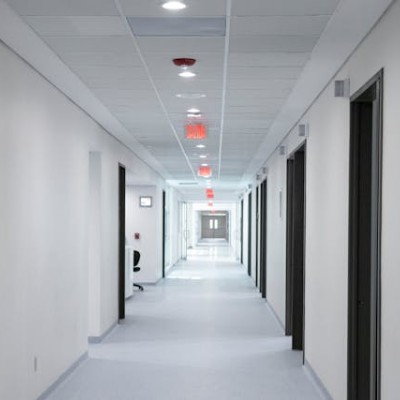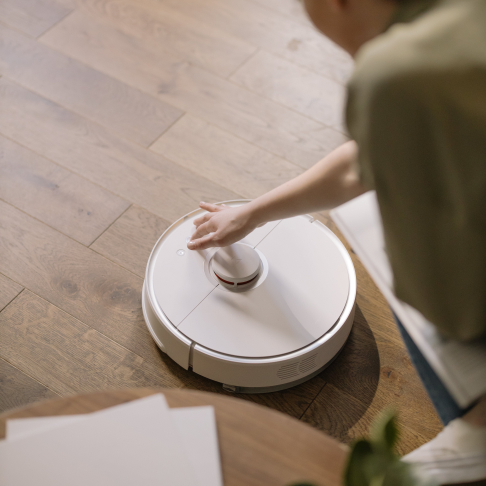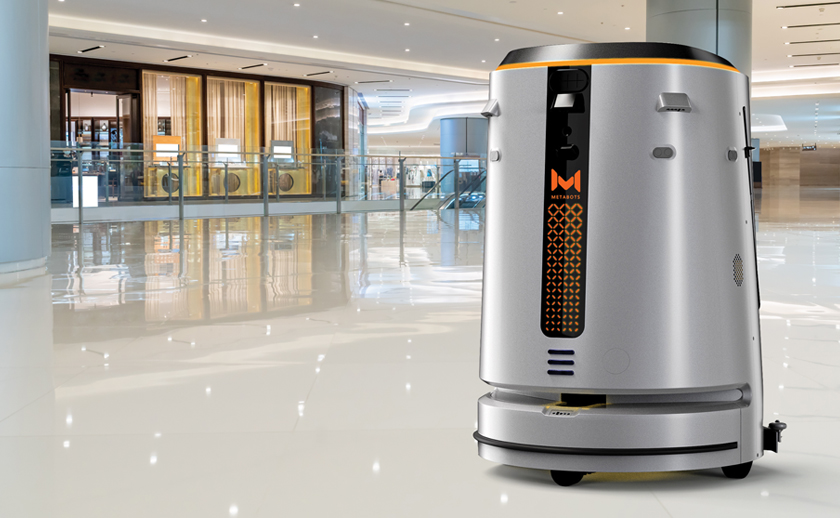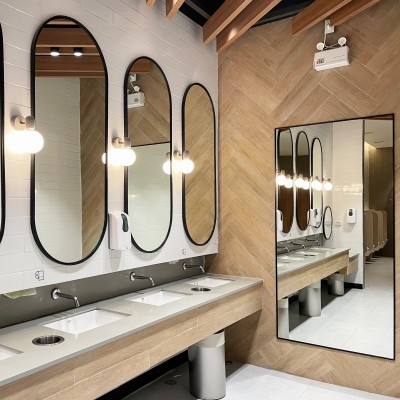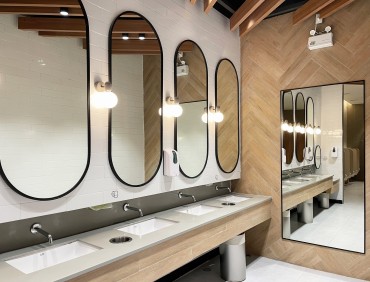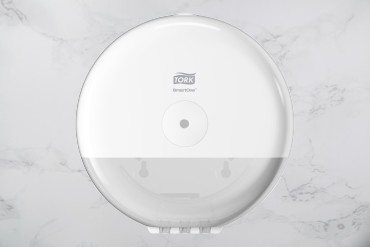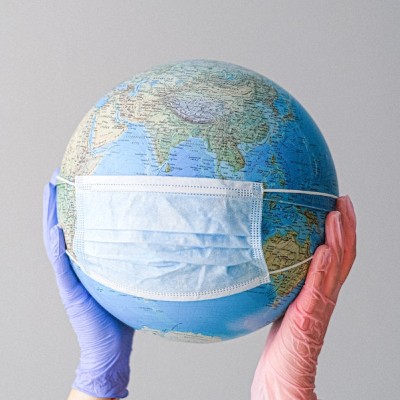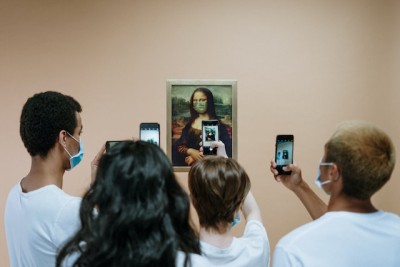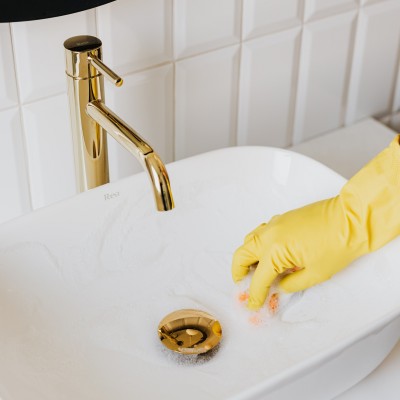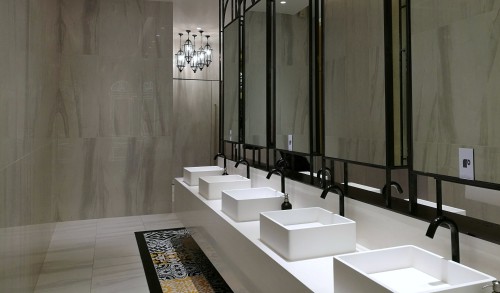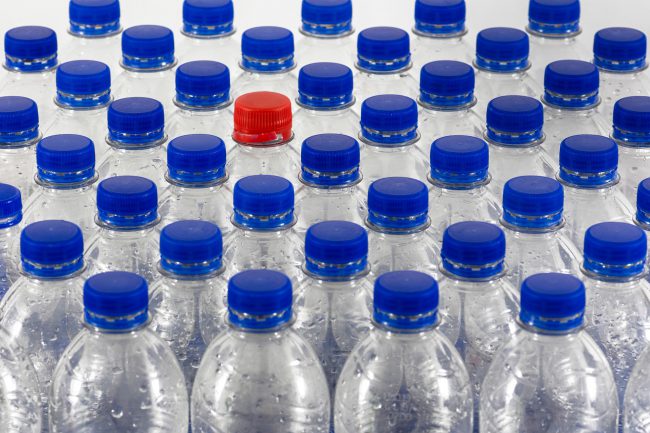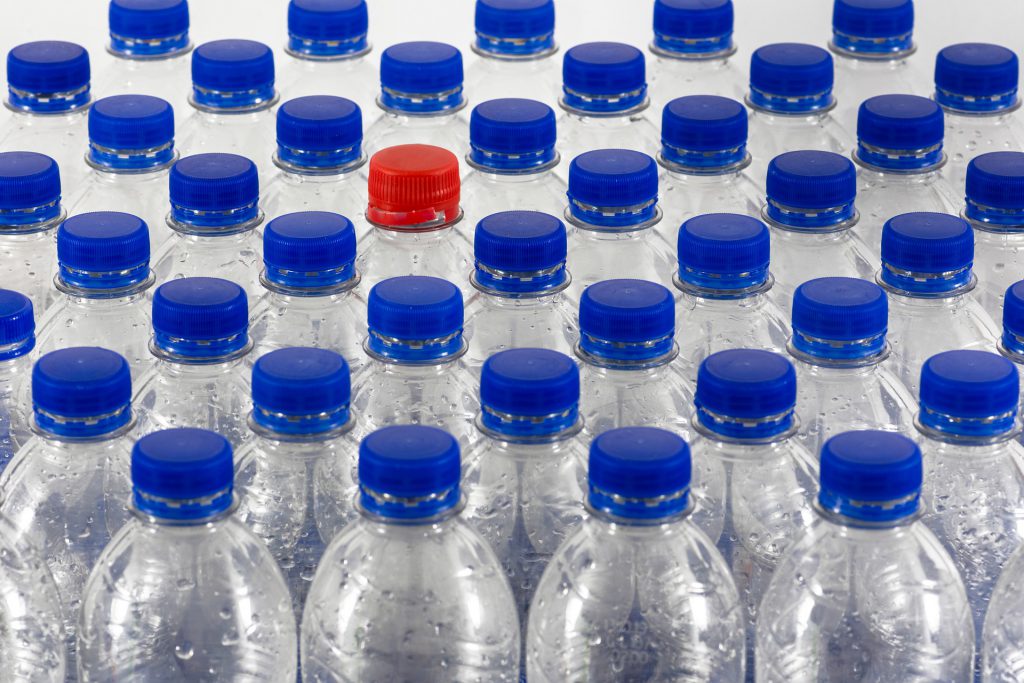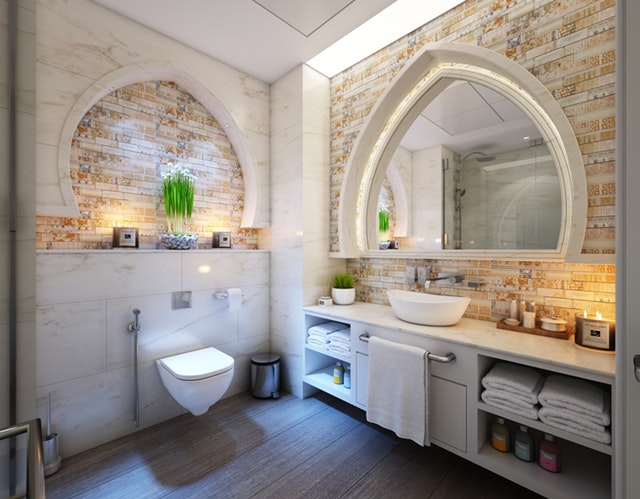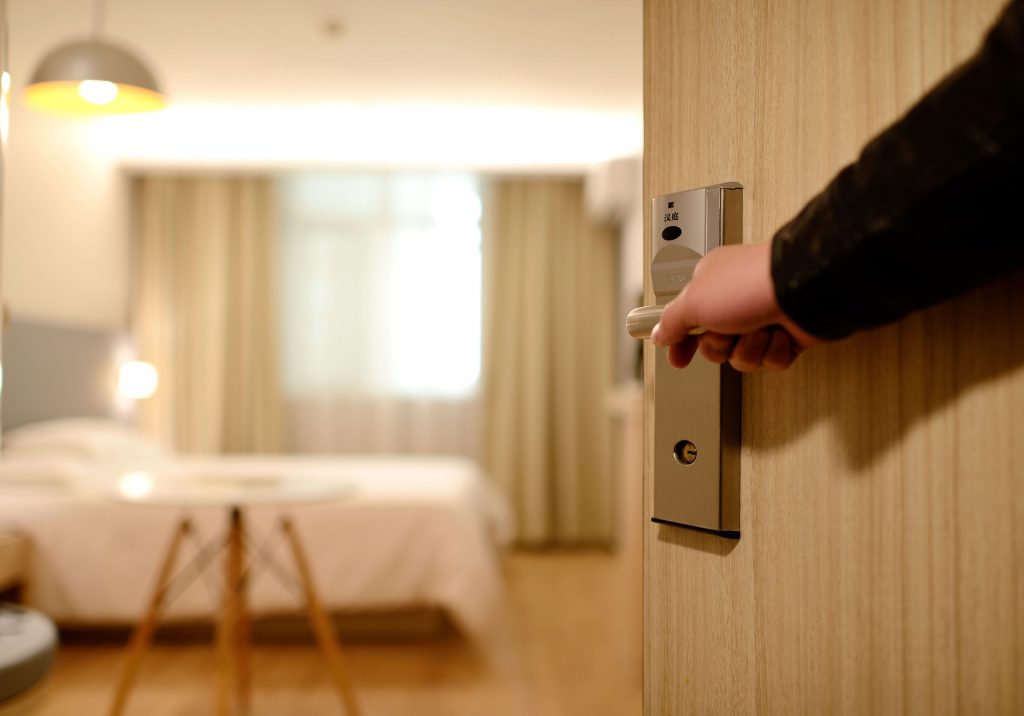A recent study reveals that despite strict adherence to recommended disinfection protocols in hospitals, microbial contamination persists on high-touch surfaces.
Conducted by researchers at the Central Texas Veterans Healthcare System, the study involved sampling 400 high-touch surfaces, such as workstations, breakroom tables, bed rails, resuscitation training dummies, and computer keyboards at nurse’s stations.
The analysis uncovered a total of 60 different types of bacteria across all samples, including Enterococcus, Staphylococcus aureus, Streptococcus, Escherichia coli, and Klebsiella aerogenes.
Remarkably, all 400 surfaces examined harbored bacteria, with the highest diversity found on the resuscitation dummies and bed rails. Additionally, approximately half of the identified bacteria were also detected in clinical samples obtained from patients.
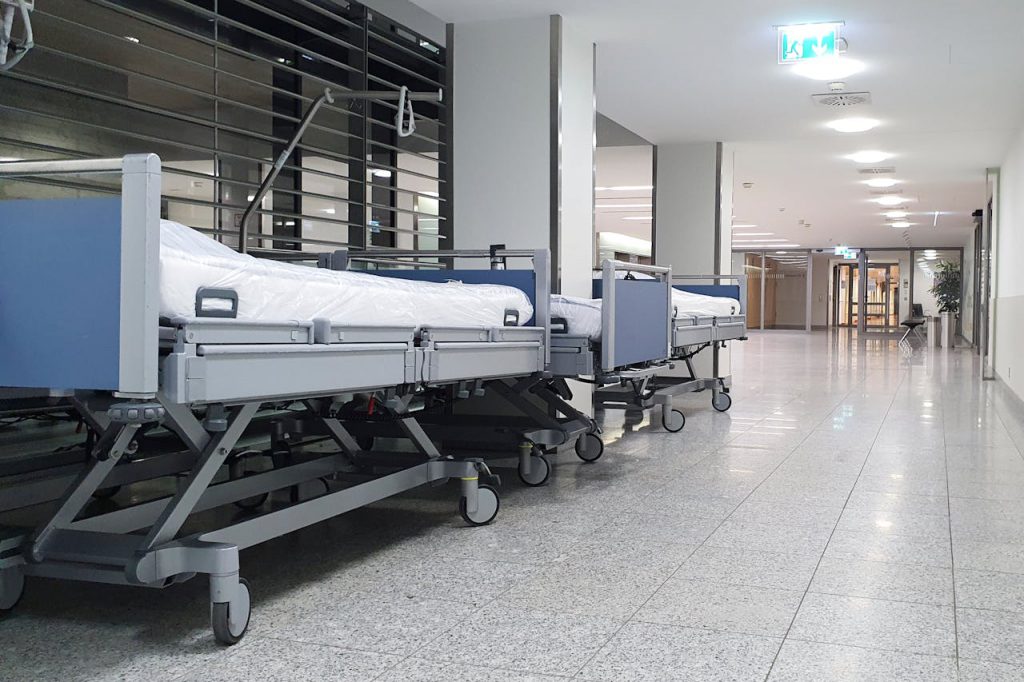
Piyali Chatterjee, a research scientist at the Central Texas Veterans Healthcare System and the senior author of the study, expressed frustration over the persistence of hospital-acquired infections (HAIs) despite rigorous disinfection efforts.
Piyali stated “Our study clearly shows the bioburden associated with high-touch hospital surfaces and indicates that we must do better in protecting the health of our patients and hospital employees.”
Published in the American Journal of Infection Control, the study underscores the necessity for innovative disinfection strategies to combat microbial contamination effectively.
Tania Bubb, president of the Association for Professionals in Infection Control and Epidemiology, highlighted the importance of addressing the shortcomings in current disinfection practices. She stressed the significance of developing more effective protocols and educational initiatives to mitigate the spread of harmful organisms and safeguard individuals from HAIs.

